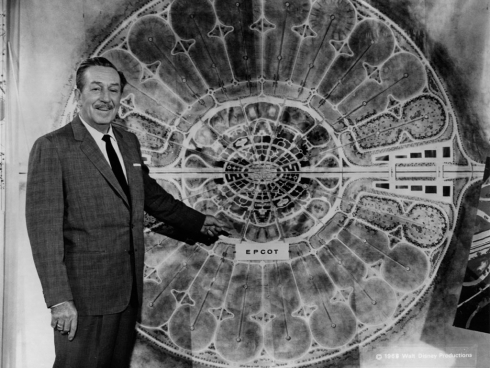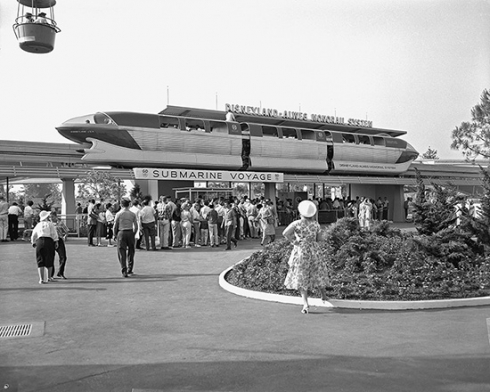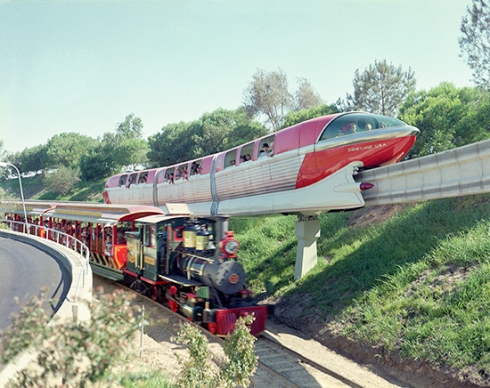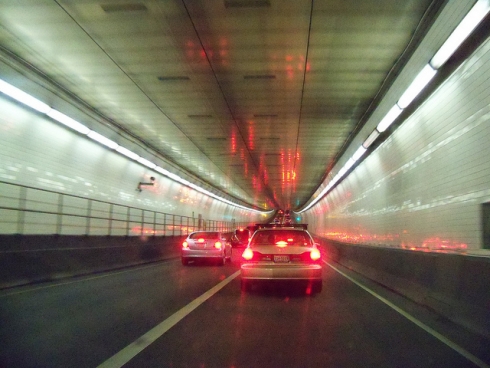
Walt Disney achieved an incredible amount during his lifetime. The studio that he built was responsible for the first technicolor animation, the first with synchronized sound and the first feature length animated film (Snow White and the Seven Dwarfs). He reinvented the amusement park (now a theme park) with Disneyland. And he created the California Institute of the Arts. It was perhaps inevitable that Walt would die with some of his dreams unfulfilled - after all, this was a man who was constantly looking to "one-up" himself. It was just as inevitable that those who survived him would lack the ability to make some of those dreams become a reality. By far the most famous - and ambitious - of Walt's never-realised dreams was his plan to build a futuristic city dubbed the Experimental Prototype Community of Tomorrow (EPCOT) at his Florida resort. This would be a place where new technologies and systems could be tested, before being rolled out to other cities across the world. Having reinvented the amusement park, Walt had now turned his attention to solving the problems of the real world.  He was determined to tackle what he saw as the major problems with our towns and cities. And he led by example, installing prototypes of some of his proposed transport systems at Disneyland. However, with his death in 1966, his chances of pushing these into widespread adoption died with him. Let's take a look at five ways that our world might be different if Walt Disney was in charge...
He was determined to tackle what he saw as the major problems with our towns and cities. And he led by example, installing prototypes of some of his proposed transport systems at Disneyland. However, with his death in 1966, his chances of pushing these into widespread adoption died with him. Let's take a look at five ways that our world might be different if Walt Disney was in charge...
5. Monorail systems would be everywhere

Walt Disney was in love with idea of monorails as a transportation system. At EPCOT, a monorail network would have carried residents on longer journeys, to the Magic Kingdom theme park, to factories and research laboratories on an industrial park and to the airport on the fringes of the city. Walt saw a monorail system in action during a trip to Europe in 1958. He was impressed by the German Alweg system because it employed a unique straddle-beam track, a slender deigner that would allow the beam to blend in perfectly with the surrounding landscape. He also liked the combination of electric propulsion and rubber wheels on the beam, which enabled near-silent operation. He immediately commissioned a monorail ride for Disneyland, which he hoped to use to convince authorities from cities around the world to install their own versions. Walt commissioned Alweg to design a beamway around Tomorrowland, but asked one of his own Imagineers, Bob Gurr, to redesign the trains to make them look more futuristic and attractive. When the ride opened on June 14, 1959, it was the first daily operating monorail system in the Western Hemisphere. 
Ultimately, city authorities moved more slowly than Walt Disney. As they procrastinated over the installation of mass transit systems such as the monorail, cars increasingly became the de-facto method of transporation in many US cities. Years after Walt's death, Las Vegas did install a monorail system of its own - even employing some of Disney's old trains. Walt Disney World also has an extensive monorail system, just as Walt had hoped. But monorails have yet to take off as a solution to urban transit issues.
4. Cars would be hidden underground in cities

Walt Disney moved to Los Angeles during the 1920s, at a time when the automobile was beginning to change the landscape of America's cities. He was not happy with the impact that cars had on LA, although he did recognise the important role that they had to play in the modern world. Indeed, one of the first attractions at Disneyland was Autopia, which successfully predicted a future in which America would be criss-crossed by a network of multi-lane highways. At EPCOT, Walt hoped to benefit from the flexibility that road travel enabled, but without it impacting on life in the city itself. Cars and other conventional forms of transportation would be hidden away, restricted to underground tunnels. A highway would pass directly underneath the city center, so that cars and buses could pass through without being stopped by traffic lights. Trucks and other service vehicles would travel one level lower, with loading docks and service elevators connecting to businesses up above. The effect of this would be to create a city which was free of the pollution associated with overground roads, and in which people were encouraged to walk or cycle and enjoy their surroundings.

Comments
Oh, and there would not be any Jews. So there is that.
Not cool man. Also, not factually accurate. So there's that.
I'm pretty sure Amanda means the Skyway.
Nice job being condescending though...
You mean airplanes? Those do exist. Look up sometimes.
what about those things that you rode up in the air?